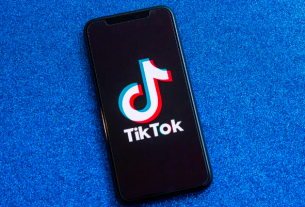Tech giant Google has revealed that it just added five more languages to Google Translate. The five languages are Kinyarwanda, Odia, Tatar, Turkmen, and Uyghur. According to Google’s claim, the new languages are spoken roughly by 75 million people worldwide. The new languages will help users to communicate with people speaking these languages easily. This is the first time since 2016 when the company has added any new language. Google also explained why it took four years of time to add new languages. According to the company, there was little material available online for its translation software to learn from. It said that the translation software learns from online content in the languages with input from native speakers.
The introduction of five new languages to Google Translate now takes the total number of languages it supports to 108. The company said the process took a long time as it was necessary to check the accuracy before the launch. Google said adding new languages was made possible only because of the advancements in its machine learning technology. It also credited the Google Translate Community for actively making contributions to the entire exercise. Google Translate supports both text translation and website translation. Google said it is still open to incorporate people’s suggestions to improve the translation. The company said people can contribute by joining the Google Translate Community.
Google’s decision to include the Uyghur language is significant as the Uyghur minority is persecuted in China. Google said besides text and website translation, it has also added a virtual keyboard for Kinyarwanda, Tatar, and Uyghur. The update will be rolled out to Android and iOS users in the coming weeks. Google’s language translation service is accessible through the web and mobile devices as well. It allows users to translate one language to another. It is available in offline mode also. It was launched in 2006. The company claims to have over 500 million users worldwide. More than 100 billion words are translated daily.

Carolyn is a technology graduate and loves to write about anything related to technology as well as writes in others sectors. Carolyn is a professional writer with over 7 years of experience. Initially starting off as a programmer, Carolyn decided to combine her knowledge about technology and writing and that’s how she joined Reporter Expert.



